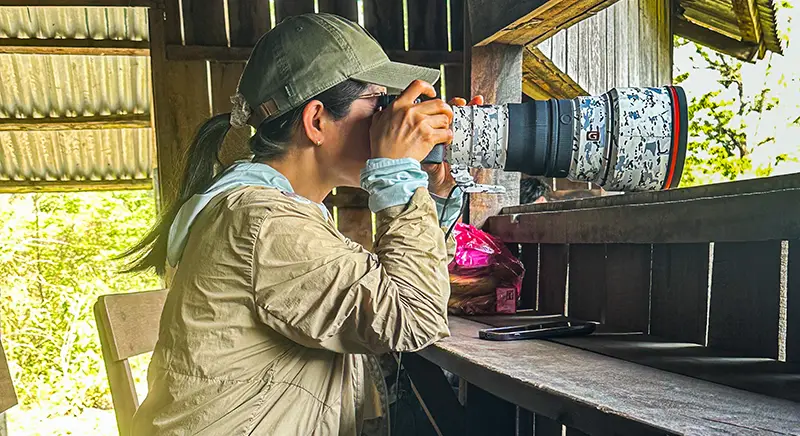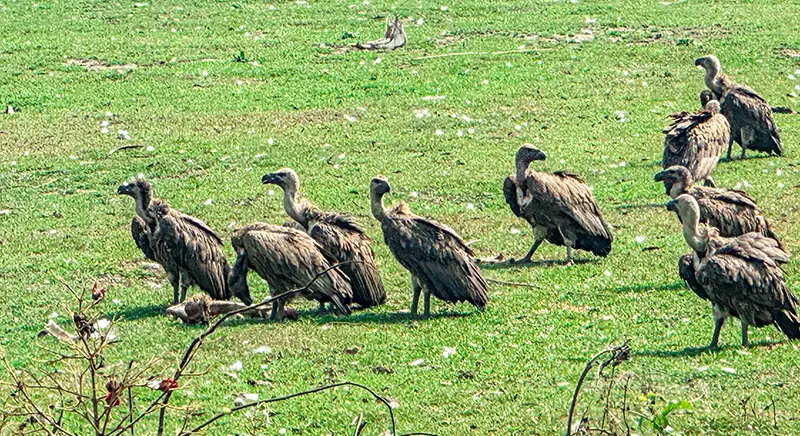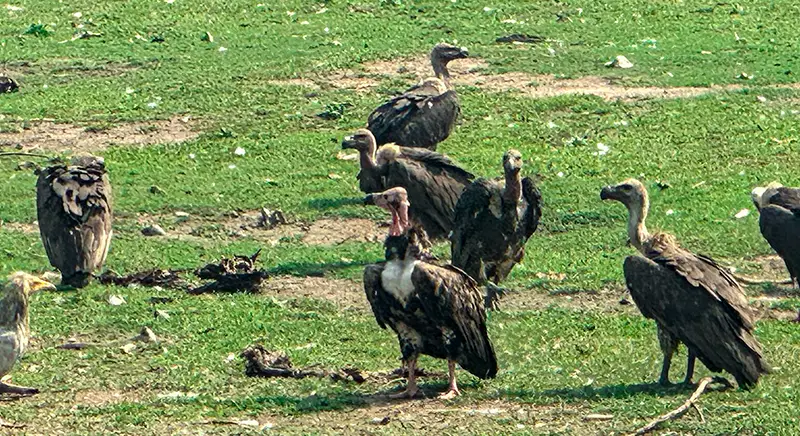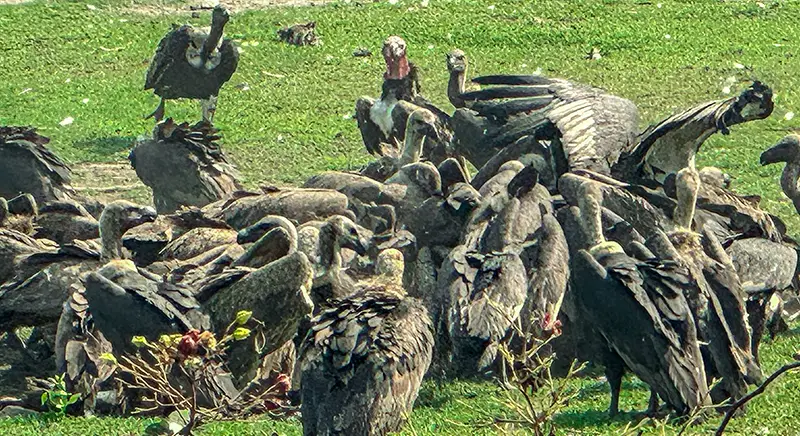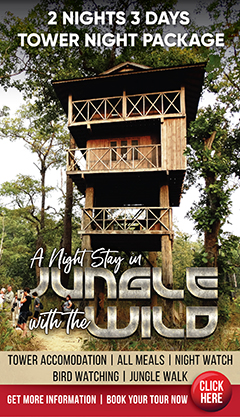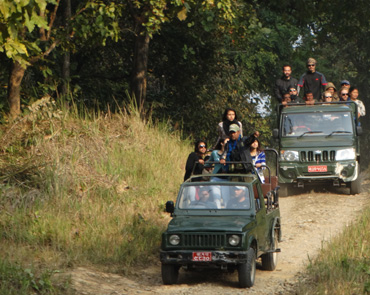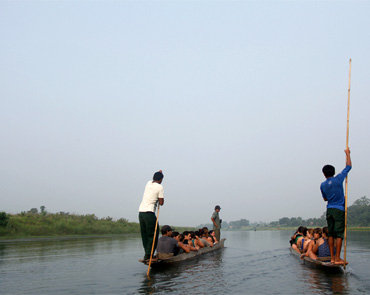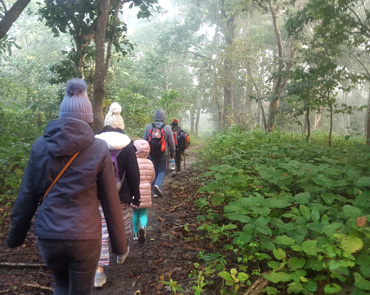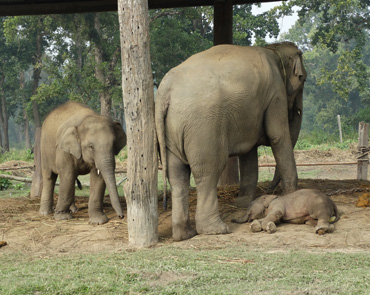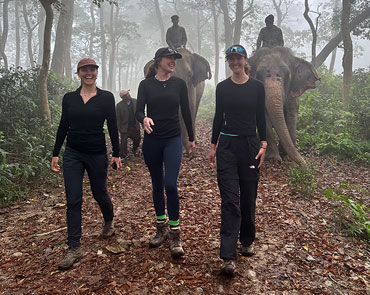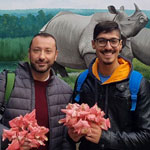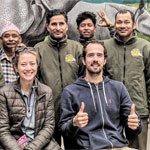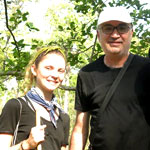In the 1980s, Nepal had an estimated one million vultures. However, due to the widespread use of the veterinary drug diclofenac, their population plunged to just around 20,000.
Nepal is home to nine species of vultures:
- Critically Endangered: White-rumped Vulture, Slender-billed Vulture, Red-headed Vulture, and Indian Vulture.
- Endangered: Egyptian Vulture.
- Near Threatened: Bearded Vulture, Cinereous Vulture, and Himalayan Griffon.
These majestic scavengers play a crucial role in maintaining healthy ecosystems by naturally disposing of animal carcasses, preventing the spread of diseases.
How We Feed and Protect Vultures
The Jatayu Vulture Restaurant adopts a vulture-safe feeding practice:
- We purchase old cows, buffaloes, and livestock that are no longer economically viable for local farmers.
- These animals are cared for until they die naturally.
- After natural death, the carcasses are tested to ensure they are free of diclofenac and other harmful chemicals.
- Initially, carcasses are placed in a cage to attract vultures. They are then moved to an open field where vultures can feed safely.
This system benefits both the local community and the endangered vultures by creating a sustainable conservation model.
Visit Jatayu Vulture Restaurant
Come experience Nepal’s leading vulture conservation project. Witness the incredible sight of hundreds of vultures soaring and feeding naturally in the wild. Your visit helps support community-based conservation and protects some of the world’s most endangered bird species.
Few options for Visiting Vulture Restaurant :
Day trip |
So we drive to vulture restaurant in Jatayu and every morning from 8.30 we have feeding activity of vulture restaurant in Chitwan National Park . Special observation deck is prepared from where we can observe , photograph the behaivour of vulture while eating .
|
Overnight stay |
We also have the rooms where we can stay and spend days around the vulture restaurant. Its good for wildlife photographer and for the nature lovers .
|
